5 Tips To Clean Ceramic Cooktop
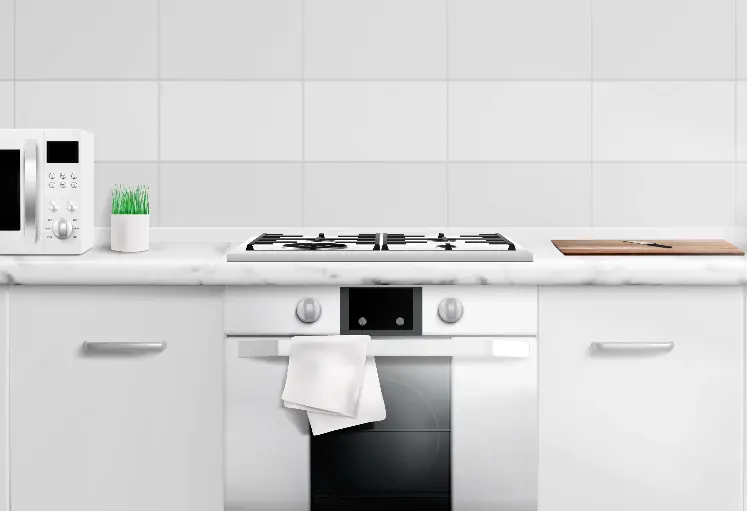
Glass and ceramic cooktops are becoming increasingly common in today’s kitchens. In a small kitchen, the smooth cooktops not only give your kitchen a more modern look and feel, but also serve as a counter and workspace. They are also easier to clean than older types or gas burners. However, proper cleaning and regular maintenance are essential to prevent the accumulation of food residue that might damage the polished surface.
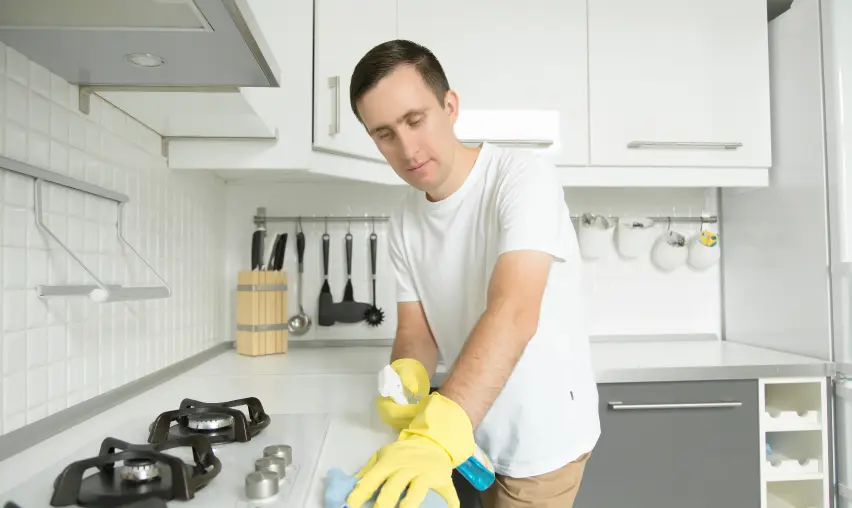
Cover the cooktop with baking soda with just enough to lightly coat the area you want to clean. Some people choose to spray baking soda with vinegar to make it even more effective. Wring out a large dishcloth and place it over the baking soda on the stovetop. After waiting 15 minutes, wipe the cooktop with the same cloth. After thoroughly cleaning the ceramic stovetop, wipe the leftover baking soda residue away with a moist sponge or another damp dishcloth. Allow it to dry completely on its own.
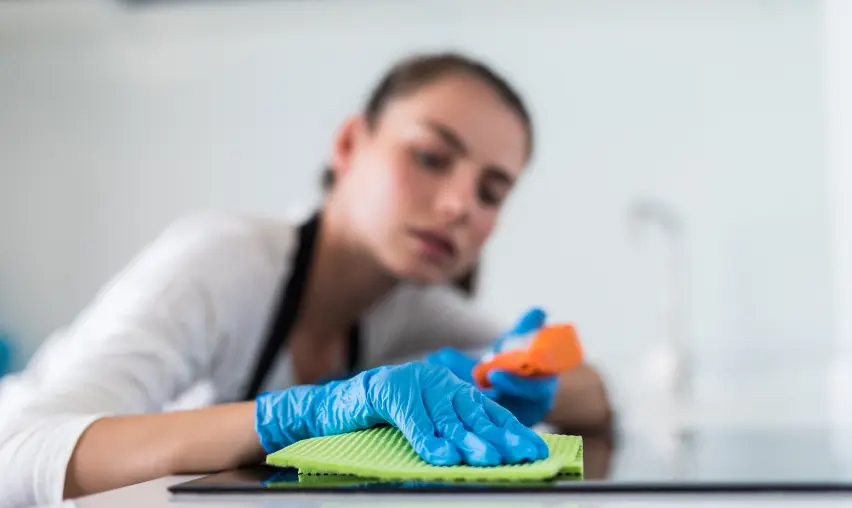
You’ll need a dishwasher tab to thoroughly clean your ceramic glass cooktop. At low temperatures, these tablets react with enzymes to break down grease and grime. To begin, dissolve the tab in a basin with a little water. After that, spread the mixture over the baked-in earth and let it work on the dirt for a few hours. Place a damp cloth on top of the paste to keep it moist. Once the time is up, use kitchen paper to rub away the stain. If the prospect of cleaning accumulated grime is daunting, hire a good house cleaning service to do it for you.
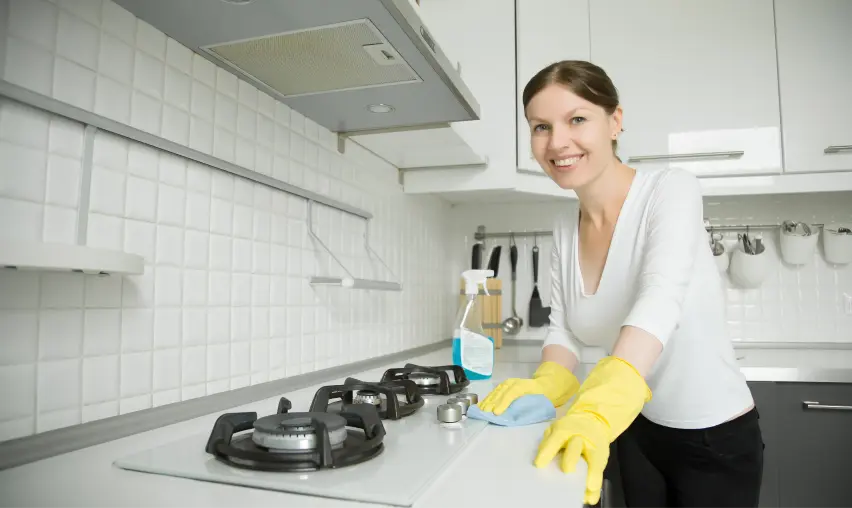
Spray a little vinegar and sprinkle with baking soda to clear normal charred residues. Overnight, cover with a moist, soapy cloth. The filth can then be wiped away using a clean cloth. If the burnt-in spots are tough, pour some water over the ceramic glass. The edge of the cooker is usually slightly elevated along the sides so that a very thin film of water can be created. Heat the water film and allow it to cool slowly. Then, using a ceramic stovetop scraper, carefully work on the burnt-in spots.
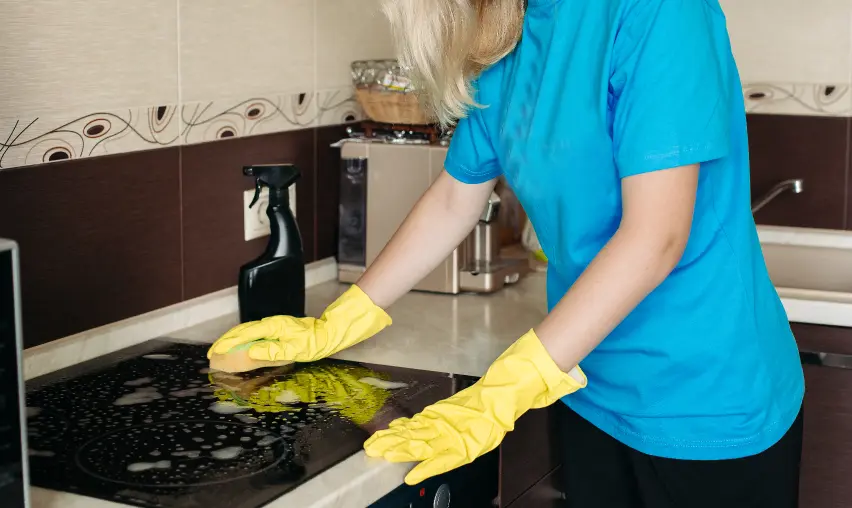
If wiping the ceramic stovetop down with baking soda and a moist rag does not work, scrape the debris off with a razor scraper. A razor scraper is a tiny tool that consists of a handle and an outward-facing razor blade. Run the blade along the burnt material at a sharp angle. Before using the razor scraper, wipe the stovetop with a damp, soapy sponge. A razor scraper should only be used as a last option when cleaning the stovetop.
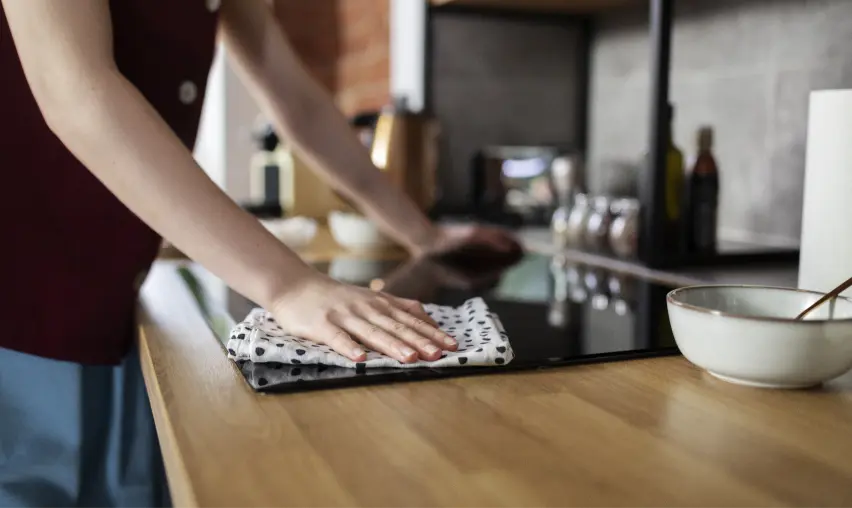
Even if you use cooking utensils with extreme caution, scratches can happen on the glass surface. Food and grease can build in these scratches, making things difficult. Using toothpaste and cotton cloth, you can polish them out by rubbing the affected area in a circular motion. However, because ceramic glass is extremely hard-wearing, this method might not always work. Extra fine steel wool with a fine grade of 00 and 0000, designed for polishing glass, is a more effective alternative.